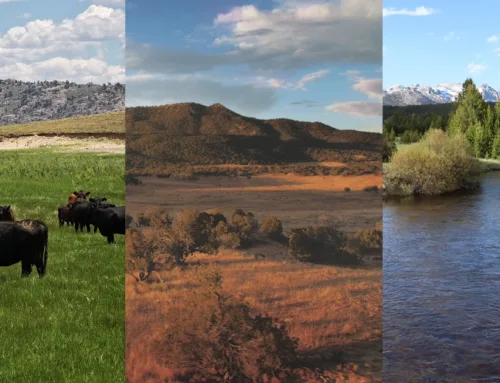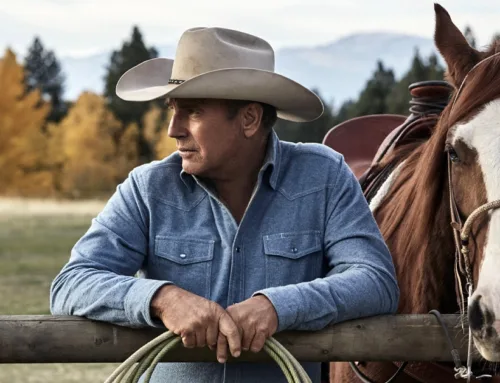2015 Deal of the Year: Standing Butte Ranch
2015 Deal of the Year: Standing Butte Ranch
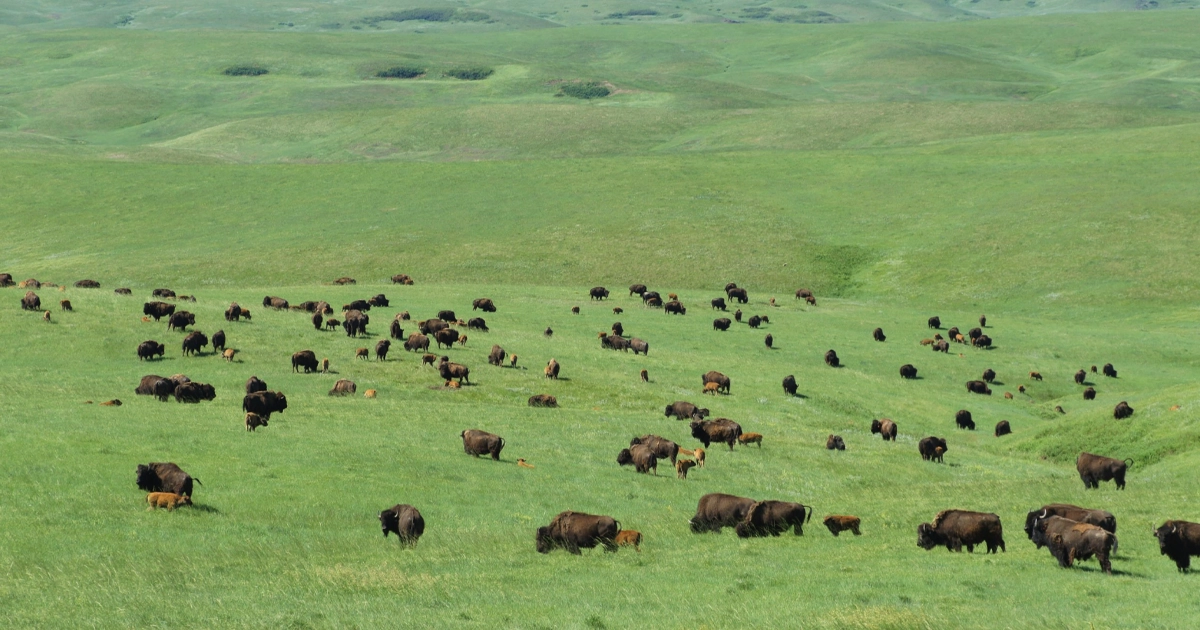
LR_Standing_Butte_Ranch-01
Formerly known as the Triple U, the Standing Butte Ranch’s 46,000 acres are native prairie grassland that has never been scarred by disc or blade.
Like the American bison itself, the pristine prairie that nurtured this magnificent beast has long been in danger of extinction. In the nineteenth century, eager homesteaders brought traditional farming techniques to the farthest edges of westward expansion. In the twentieth century, ever-more advanced technology was utilized to convert the Great Plains into productive ag land. Recent spikes in commodity prices to all-time highs only exacerbated this trend.
Although Stanley County was surveyed by Lewis and Clark’s Corps of Discovery in 1804, the Standing Butte Ranch did not fall victim to either Manifest Destiny or satellite farming. The Houck family made sure of that. Roy and Nellie Houck acquired the ranch in 1959 after their previous ranch was submerged beneath Lake Oahe.
The Houcks were content to continue running cattle on their new ranch. Roy Houck decided to add a few bison. That’s when Mother Nature took over. What happened next was a rebirth, a renaissance. For the first time in almost a century, a native species was reunited with its native habitat.
After the Civil War, the federal government instigated a scorched-earth policy aimed at starving the Plains Indians into submission. The key was to annihilate the buffalo. In 1873, Secretary of the Interior Columbus Delano wrote, “I would not seriously regret the total disappearance of the buffalo from our western plains, in its effect upon the Indians.” His hope and the hopes of commanders such as General Philip Sheridan were fulfilled. By the end of the 19th century, tens of millions of bison had been slaughtered; only a few hundred remained.
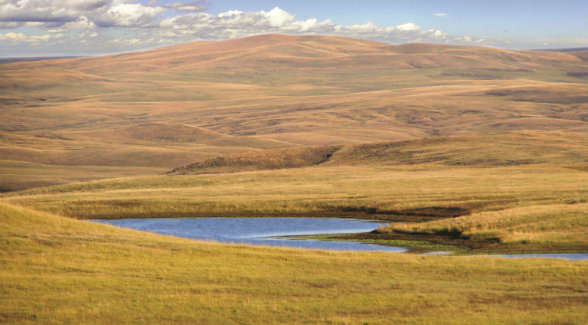
In September 1804, Lewis and Clark’s Corps of Discovery traversed the present-day site of Turner Ranches’ most recent acquisition. Thanks to the stewardship of the Houck family, what you see today is exactly what they saw more than two centuries ago.
What began as a novelty for the Houcks — running a few bison — eventually became a herd of 3,500 head. The impetus was a severe winter storm in 1966. An Arctic front blew down over the Great Plains. Snow began to accumulate. Drifts piled high. They grew so tall that the Houcks couldn’t get out of the house to feed their cattle or search for strays. When they were finally able to make their way out of the house and into the fields, they were shocked to see bison running and playing in the snow. It was a eureka moment.
The Houck’s herd of bison grew from tens to hundreds and then thousands. So did the ranch’s renown. In 1989, the South Dakota Department of Tourism contacted the Houcks about a production company that wanted to use the ranch as a movie set.
Few in Hollywood suspected that Kevin Costner’s epic Western Dances with Wolves would eclipse films such as Pretty Woman and The Hunt for Red October at the box office and gross more than $400 million worldwide. In addition to serving as the setting for the dramatic buffalo hunts presented in the film, the ranch also was the site of Fort Sedgewick, the remote outpost where Costner’s character, Lieutenant John Dunbar, was assigned.
Nominated for 12 Academy Awards in 1991, Dances with Wolves won 7, including the most important of all, Best Picture. The film’s cinematographer, Dean Semler, did a masterful job of incorporating the ranch’s open range, deep breaks, and rambling creeks to superb effect. Semler’s eye for the land won him an Oscar too.
After more than a half century of ownership, the Houcks decided to put the bulk of their ranch on the market. In addition to income from the bison herd, the ranch generates fees from the federal government for grazing 900 wild mustangs that were formerly on property belonging to the Bureau of Land Management.
The family awarded the coveted listing to Tom Metzger of Hall and Hall; Scott Shuman at Hall and Hall Auctions began prepping for the sale, which was scheduled for July 9 in Fort Pierre. When word got out that the Dances with Wolves ranch was on the market, local and national press jumped on the story. Not long after the listing was announced, the family’s ranch was featured in The Wall Street Journal.
But in late June, Hall and Hall announced that the ranch would no longer go to auction; a single buyer had emerged. Media interest grew. One candidate immediately stood out: the owner of the 141,000-acre Bad River Ranch 10 miles west of Fort Pierre, Ted Turner. In addition to his nearby operation, Turner’s longstanding commitment to the American bison and his ownership of Ted’s Montana Grill proved telling. Ten weeks later, a succinct announcement out of Atlanta confirmed Turner’s high-minded intent:
“Turner Enterprises’ purchase of the property kept its size and scale intact, saving Standing Butte from being subdivided into multiple parcels at auction. Some of the parcels would have undoubtedly been plowed and farmed by new ownership, fragmenting the pristine native landscape.”
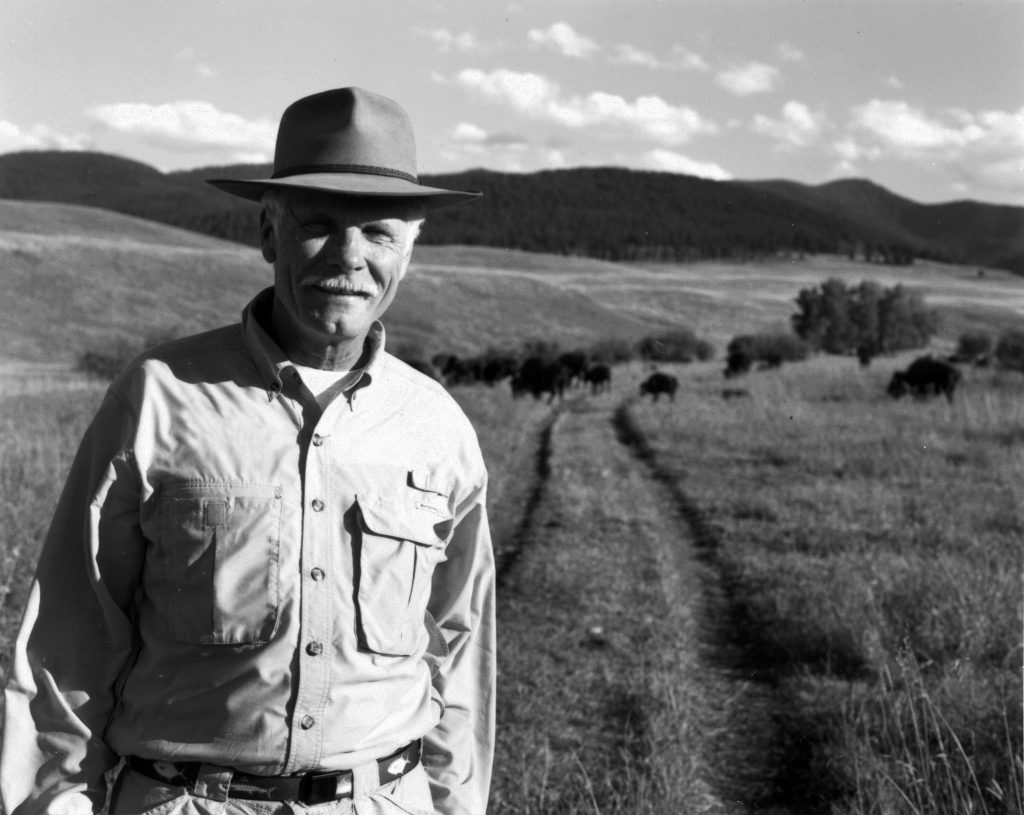
Few Americans have done more to protect and preserve a species than Ted Turner has with the bison.
Originally published in The Land Report Spring 2016.



